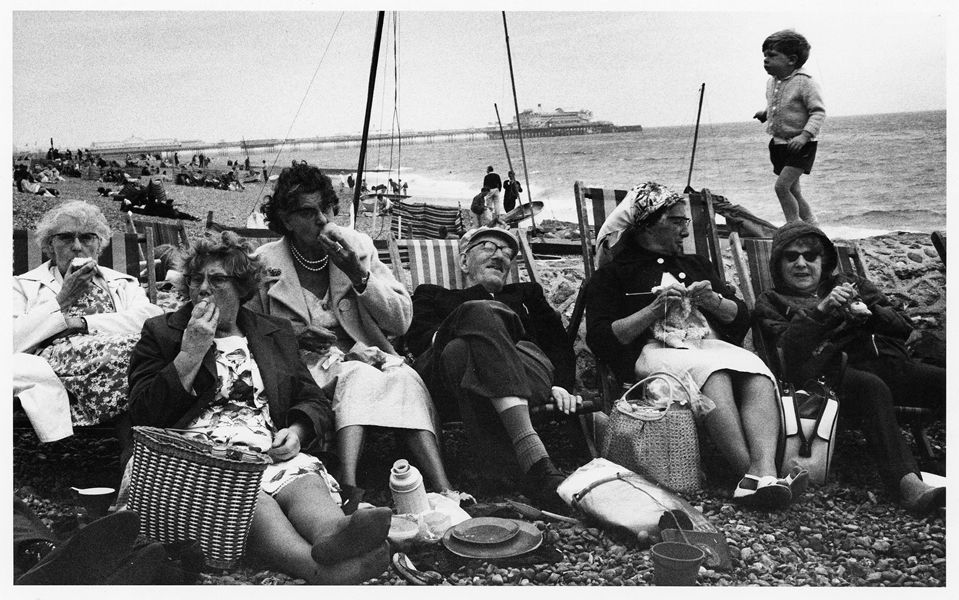Photography can be a mirror and reflect life as it is,
but I also think that perhaps it is possible to walk,
like Alice, through a looking-glass, and find another
kind of world with the camera.
– Tony Ray-Jones
Tony Ray-Jones was a British photographer renowned for his distinctive and influential work that captured the quirks and eccentricities of British society during the 1960s. Born on June 7, 1941, in Somerset, England, Ray-Jones studied graphic design in London before turning his attention to photography.
In the mid-1960s, Ray-Jones embarked on a personal photographic project that would become a defining body of work. Influenced by the emerging field of documentary photography and the works of Henri Cartier-Bresson and Magnum Photos, Ray-Jones sought to capture the essence of everyday life in Britain, exploring the nuances of social behaviour and cultural identity.

Ray-Jones is best known for his series “A Day Off: An English Journal” (1967–1968), a visual exploration of the English at leisure. In this series, he employed a distinctive style characterized by humorous observations, unusual perspectives, and a keen eye for the idiosyncrasies of human behavior. His photographs often portrayed ordinary people engaged in various leisure activities, from seaside outings to rural fairs, capturing the peculiarities that defined the English way of life.
In 1968, Ray-Jones moved to the United States to further his photographic pursuits. However, his time in America was cut short when he was diagnosed with leukemia. Despite his illness, Ray-Jones continued to work passionately on his photography until his untimely death in 1972 at the age of 30.


Posthumously, Tony Ray-Jones’ work gained increasing recognition for its significant contribution to documentary photography. His influence extended beyond his lifetime, inspiring subsequent generations of photographers, particularly those interested in capturing the candid and humorous aspects of everyday life.
In 1974, two years after his death, a selection of Ray-Jones’ photographs was published in the book “A Day Off: An English Journal,” offering a lasting testament to his unique vision and contribution to the visual documentation of British culture in the 1960s. Tony Ray-Jones remains a celebrated figure in the history of British photography, remembered for his wit, keen observation, and his ability to find the extraordinary in the ordinary.





I love that these old images are titled “untitled” or just described with a few words as the best way for documentary photography. Not double meaning titles, creating another or additional meaning for meaningless images as many contemporary do these days. I loved to find another great and unknown for me great photographer. Thank you.